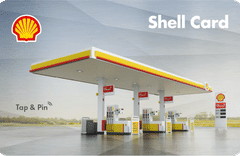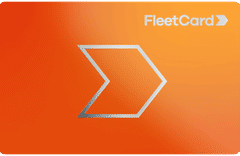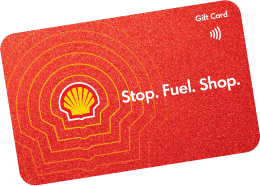Fuel cards are incredibly beneficial for businesses both big and small. There aren’t many downsides to using a fuel card. However, navigating the fuel card landscape can be tricky if you don’t know what to look out for – and this is certainly true when it comes to transaction fees.
The thing is, most fuel card providers will promise they don’t charge a transaction fee, and this is true – to an extent. Looking at reviews of different fuel card providers, it’s clear that many customers are in fact stung by transaction fees they didn’t account for, because they were under the impression there were no transaction fees. It’s what they were promised by the fuel card provider, right?
There are many transaction fee complaints on review sites
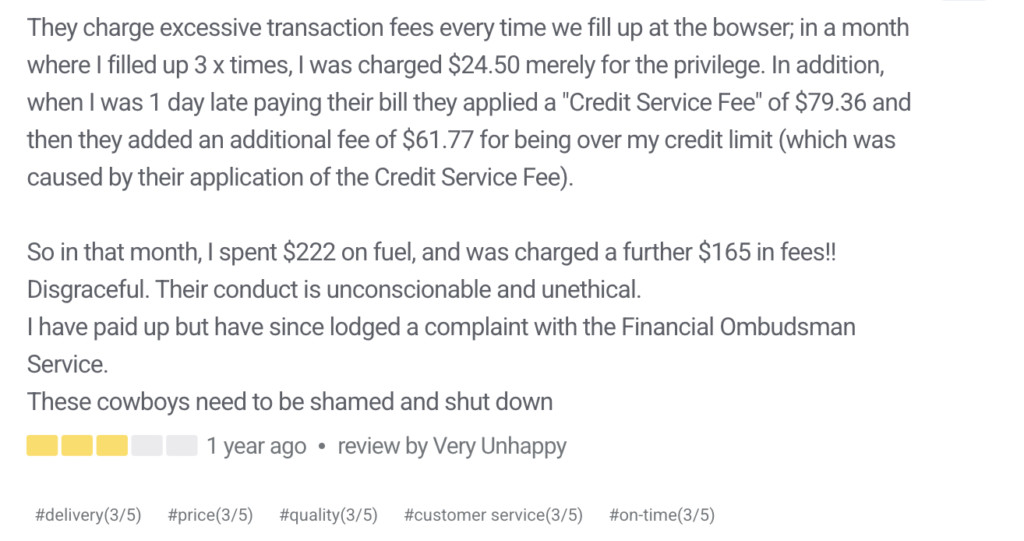

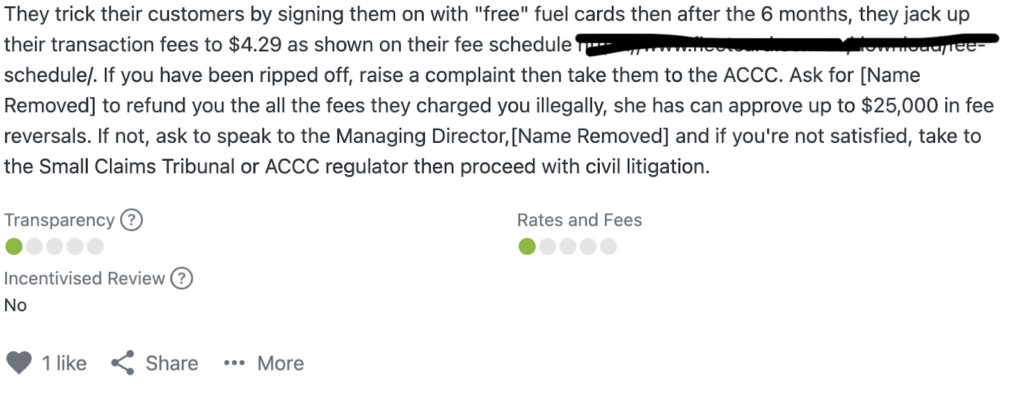
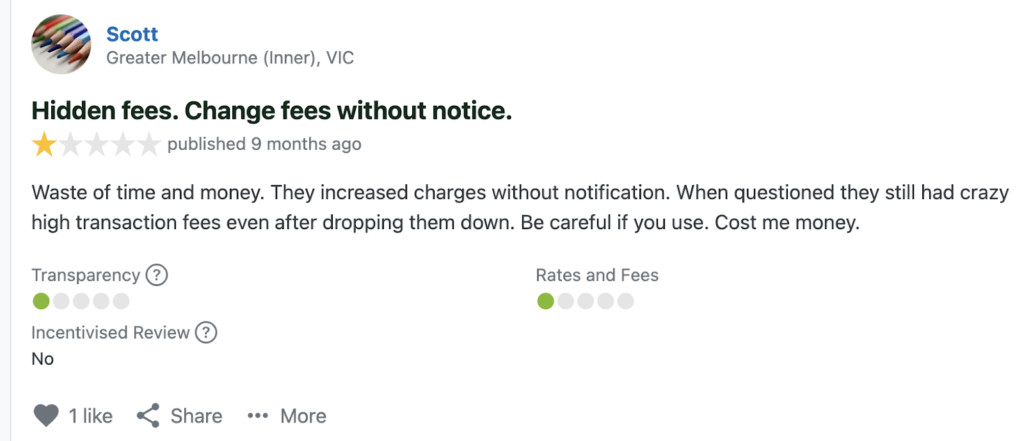
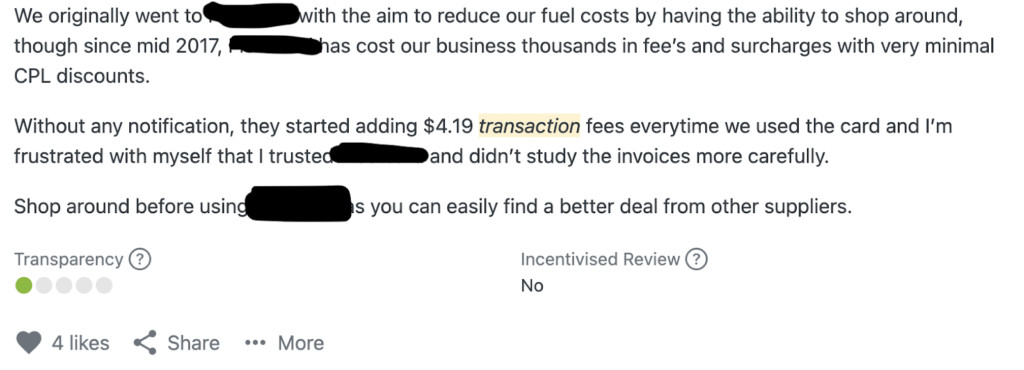
So where are these transaction fees/credit card charges coming from?
Well, the devil lies in the technicality, and this is where the waters become murky. While fuel card providers don’t technically charge you a transaction fee themselves, what they can (and many do), is pass on the fees from the merchant.
This is typically only an issue that premium (or multi-brand) fuel cardholders face, and it’s the price paid for wanting a fuel card that works anywhere. As such, some of the more independent providers started charging the fuel card company a transaction/merchant fee, which the consumer ends up paying for.
How do fuel card providers make their money, anyhow?
When considering how fuel card providers make their money, it’s either from a monthly card fee and/or a merchants and services fee every time the fuel card is swiped at a location. Here, the fuel station merchant is getting paid straight away, and as a result, the fuel card company will charge them anywhere between 1-2.5% for every transaction. That’s why you’ll sometimes see smaller merchants not accepting fuel cards because that service fee is too high for a fuel site not seeing many transactions each day.
So what does this all mean, really?
Basically, you can still get charged a transaction fee even if the fuel provider says there are no transaction fees, and it’s entirely up to the discretion of the fuel station you fill up at. Take this United fuel station in Singleton, NSW. It notes on the fuel pump there is a 2.2% fee on WEX Motorpass and Motorcharge (now defunct – Motorpass is its new iteration), and a 2.65% fee on Fleetcard. Take WEX Motorpass for example – WEX says there’s a 0.75c transaction fee, so customers would expect that. What they wouldn’t expect is an additional 2.2% from the fuel station merchant.
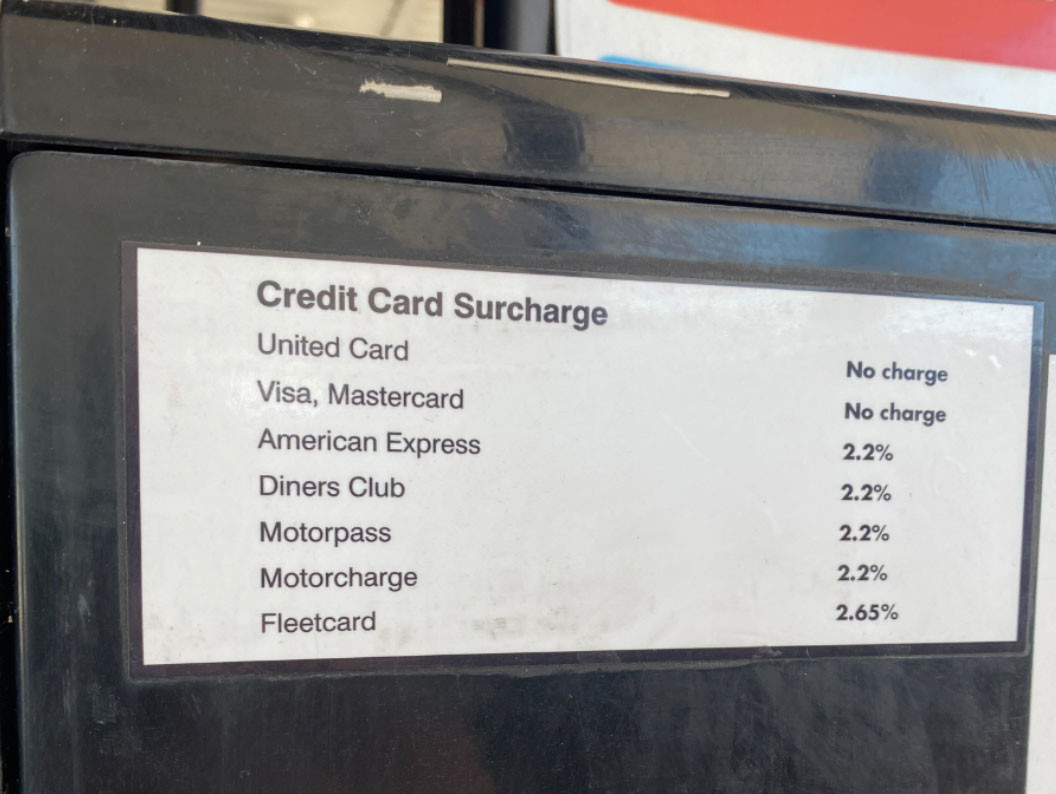
Is there a solution to avoiding transaction fees?
If you use one particular fuel brand enough, you might want to consider changing to a fuel card from that brand to avoid the pesky transaction fees. Take Shell Card,
Shell Card keeps it simple with only monthly card fees and there is always some kind of pump price discount. You can use the Shell Card Fuel Card at over 1,250 locations Australia wide, including Shell, Coles Express, Liberty and Westside. If filling up at Liberty or Westside, you do not get a pump discount. There are no hidden transaction fees.
Enquire to save
Enquire to save
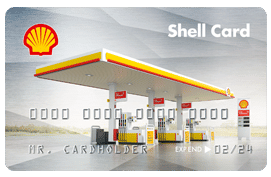
However, The tradeoff, however, is you can only fill up with that one brand. In the grand scheme of things, the transaction fees are pretty negligible given the tradeoff. Even as pictured, a 2.65% surcharge on $100,000 of fuel is $2,650 which offsets the discount you came to the fuel station for. e.g. at 2c off, $100,000 represents approximately 58,800 litres @ 1.7 per litre. If you filled up at that station because it was slightly cheaper, it would need to be at least 4c cheaper to offset the surcharge. (surcharge on $100,000 = $2,650 vs 4c discount on $100,000 litre of fuel is 2,350).
At fuelcard.report, we have found from our own experience that those who have the cheapest fuel are independents, and they generally carry a surcharge if they accept multi-brand cards. At the end of the day, you need to consider things like how big your fleet is, the route they take, and whether convenience or discounts/no transaction fees are more important to your business.
RELATED POST

